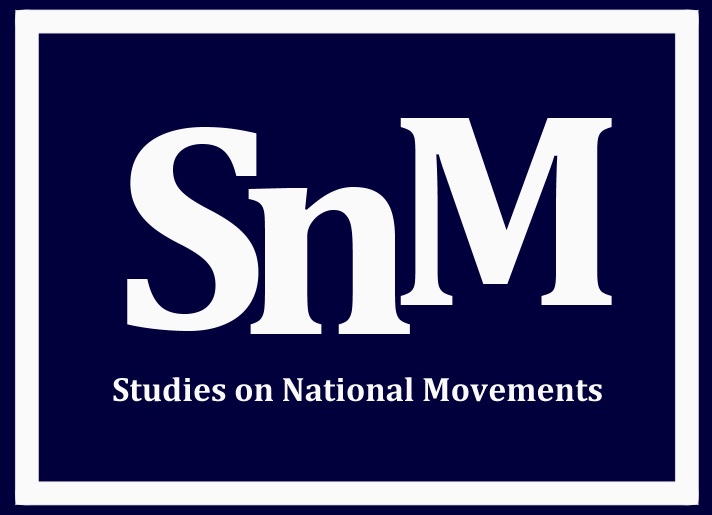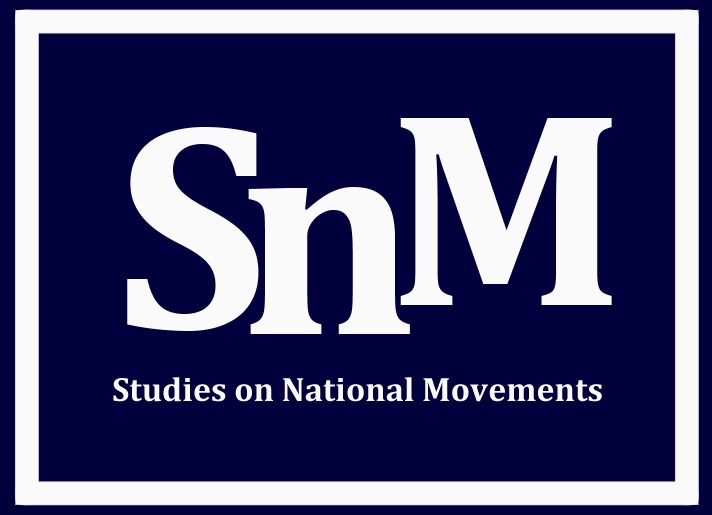Abstract
This article takes as its point of departure the recent wave of contestations relating to colonial-era monuments in Europe. While the toppling of monuments has long been a part of political regime change, recent attacks on monuments need to be understood instead, not as celebrations of a change that has already occurred, but as attempts to affect ‘mnemonic regime change’ as part of a larger struggle for racial equality and social justice. Monuments are materialisations of larger narratives that operate within a broader culture of memory; at the same time, they have a particular role to play in mnemonic contestations since they offer a physical platform for public performances of adherence to, or dissent from, dominant understandings of collective identity and memory. Using insights from the field of cultural memory studies, this article illustrates these dynamics with detailed reference to the controversy around the Edward Colston statue in Bristol. It argues that its dramatic toppling in June 2020 was part of a much longer and slower two-track process whereby the narrative underpinning Colston was undermined and an alternative narrative of Bristol’s complicity in the slave trade was unforgotten. It concludes by reflecting on the importance but also the limits of memory activism focussed on statues.
Keywords: Cultural memory, counter-memory, iconoclasm, memory-activism nexus, Edward Colston
How to Cite:
Rigney, A., (2022) “Toxic Monuments and Mnemonic Regime Change”, Studies on National Movements 9(1), 35. doi: https://doi.org/10.21825/snm.85270
Downloads:
Download PDF
View PDF
4184 Views
468 Downloads

